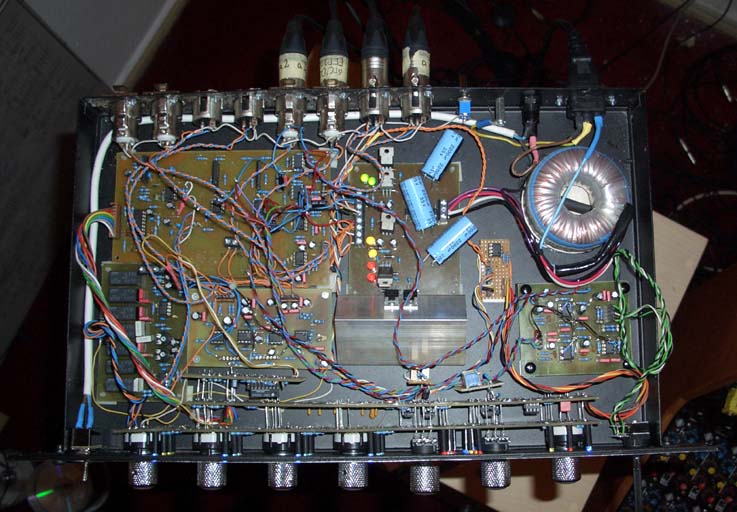livingnote
Well-known member
Just got through installing the internal crush-n-blend, and it works!
It did involve some surgery, though...
In the meantime, my SSL looks like this:

Featuring hpf, turbo, cnb, and balanced sc i/o as well as LED GR and VU meter.
Man, this has been one hell of a trip. But it works, and sounds great.
And tomorrow the front panel is coming ;D
Bedtime now, though. I'm a-gonna sleep well...
It did involve some surgery, though...
In the meantime, my SSL looks like this:

Featuring hpf, turbo, cnb, and balanced sc i/o as well as LED GR and VU meter.
Man, this has been one hell of a trip. But it works, and sounds great.
And tomorrow the front panel is coming ;D
Bedtime now, though. I'm a-gonna sleep well...































![Soldering Iron Kit, 120W LED Digital Advanced Solder Iron Soldering Gun kit, 110V Welding Tools, Smart Temperature Control [356℉-932℉], Extra 5pcs Tips, Auto Sleep, Temp Calibration, Orange](https://m.media-amazon.com/images/I/51sFKu9SdeL._SL500_.jpg)
